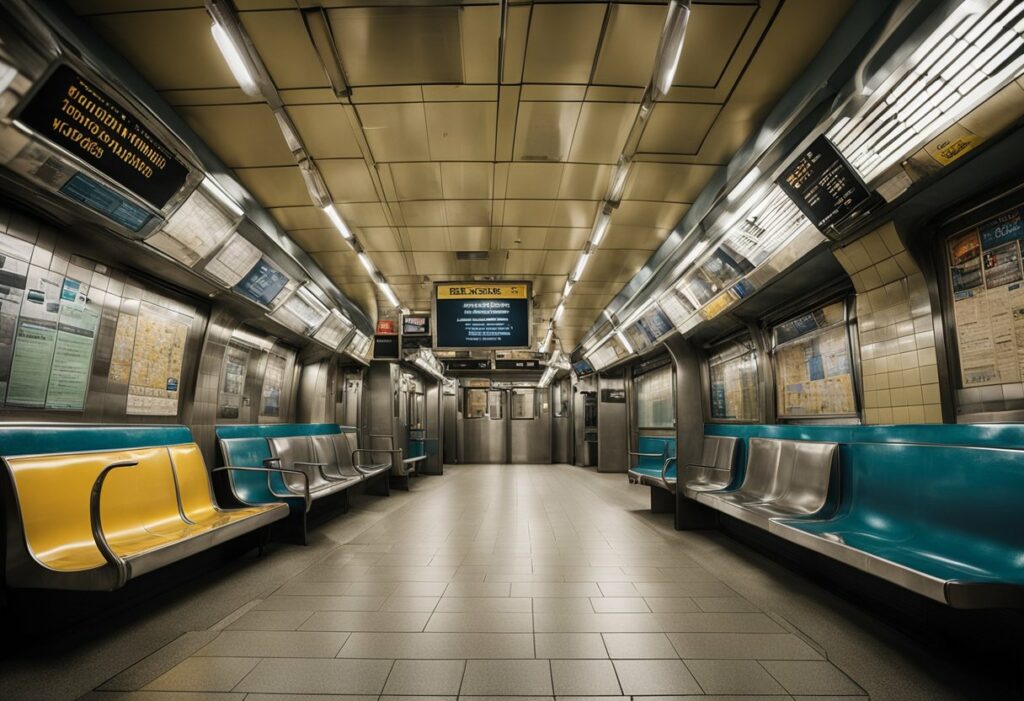Subway Interior Design: Elevating the Commuter Experience
If you’ve ever ridden a subway, you know that the interior design can vary greatly from city to city. Some subway systems feature sleek, modern designs, while others opt for a more classic and timeless look. Regardless of the approach, subway interior design is an important consideration for any city’s transportation system.
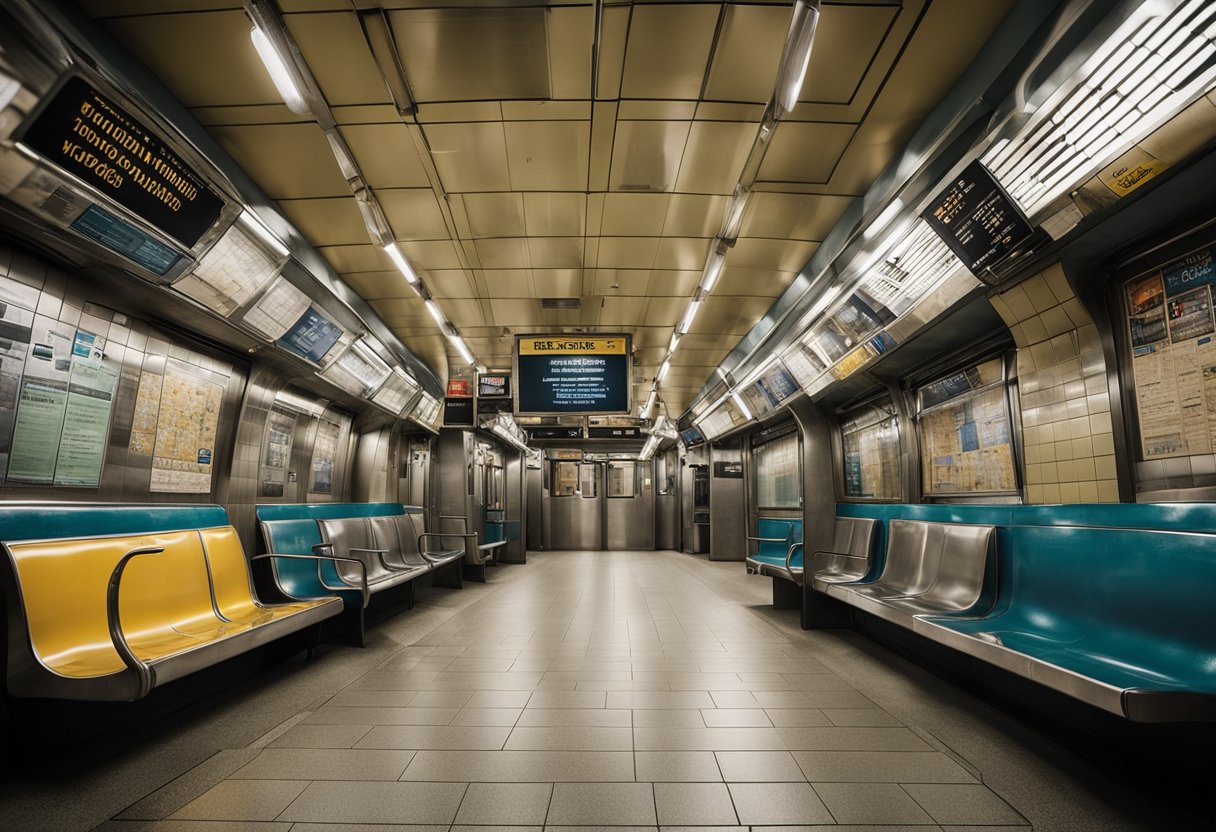
Design elements of subway interiors can include everything from the type of seating used to the colour scheme of the walls. Practical considerations, such as durability and ease of maintenance, are also important factors to keep in mind. Ultimately, a well-designed subway interior should be both aesthetically pleasing and functional, providing riders with a comfortable and efficient commuting experience.
In this article, we’ll take a closer look at subway interior design, exploring the different elements that go into creating a successful design and the practical considerations that must be taken into account. We’ll also answer some frequently asked questions about subway design and provide examples of subway systems with standout interior design.
Key Takeaways
- Subway interior design is an important consideration for any city’s transportation system, and can vary greatly from city to city.
- Successful subway interior design should be both aesthetically pleasing and functional, taking into account factors such as durability and ease of maintenance.
- By exploring the different elements of subway interior design and answering frequently asked questions, we can gain a better understanding of what goes into creating a standout subway design.
Design Elements of Subway Interiors
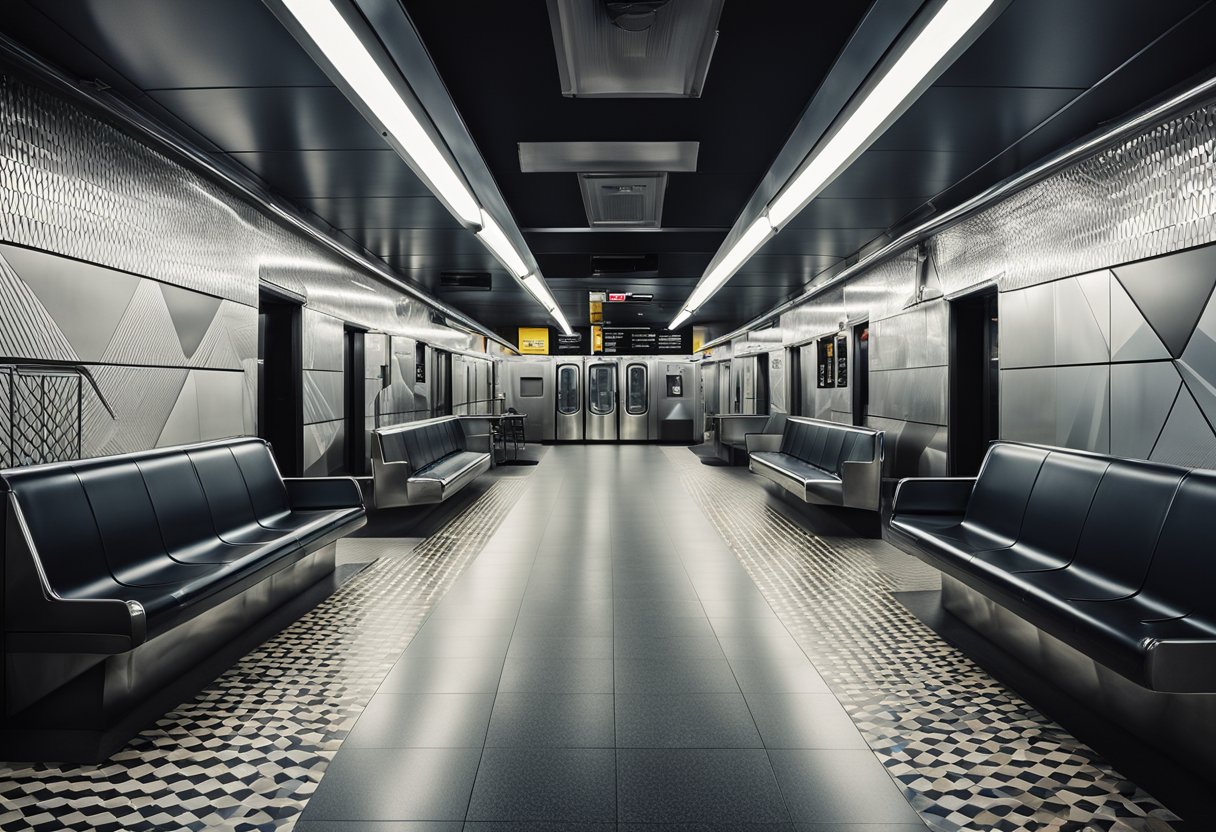
When it comes to designing subway interiors, there are a few key elements that can make a big impact. By paying attention to colour and patterns, as well as tile layouts and techniques, you can create a space that is both visually interesting and functional.
Colour and Patterns
One of the most iconic elements of subway interiors is the use of rectangular subway tiles. These tiles are typically laid in a horizontal or vertical stacked bond pattern, but there are a variety of other patterns that can be used as well. For example, a herringbone pattern can add movement and interest to a space, while a brick layout can create a classic look.
In terms of colour, classic subway tiles are usually white, but there are now many other options available. Red and blue tiles can add a pop of colour and visual interest to a space, while more subtle shades like grey and beige can create a calming atmosphere. When choosing grout colour, consider contrasting grout to create a bold look or matching grout for a more seamless finish.
Tile Layouts and Techniques
The way that subway tiles are laid can also have a big impact on the overall look of a space. A vertical stacked bond pattern can create a modern and streamlined look, while a horizontal stacked bond pattern can create a more traditional feel. A herringbone pattern can add movement and angles to a space, while a running bond pattern can create a sense of flow.
When renovating a bathroom or kitchen backsplash, consider using subway tiles in a simple design to create a timeless look. By using a variety of tile layouts and techniques, you can create a space that is both functional and visually interesting.
Practical Considerations for Subway Design
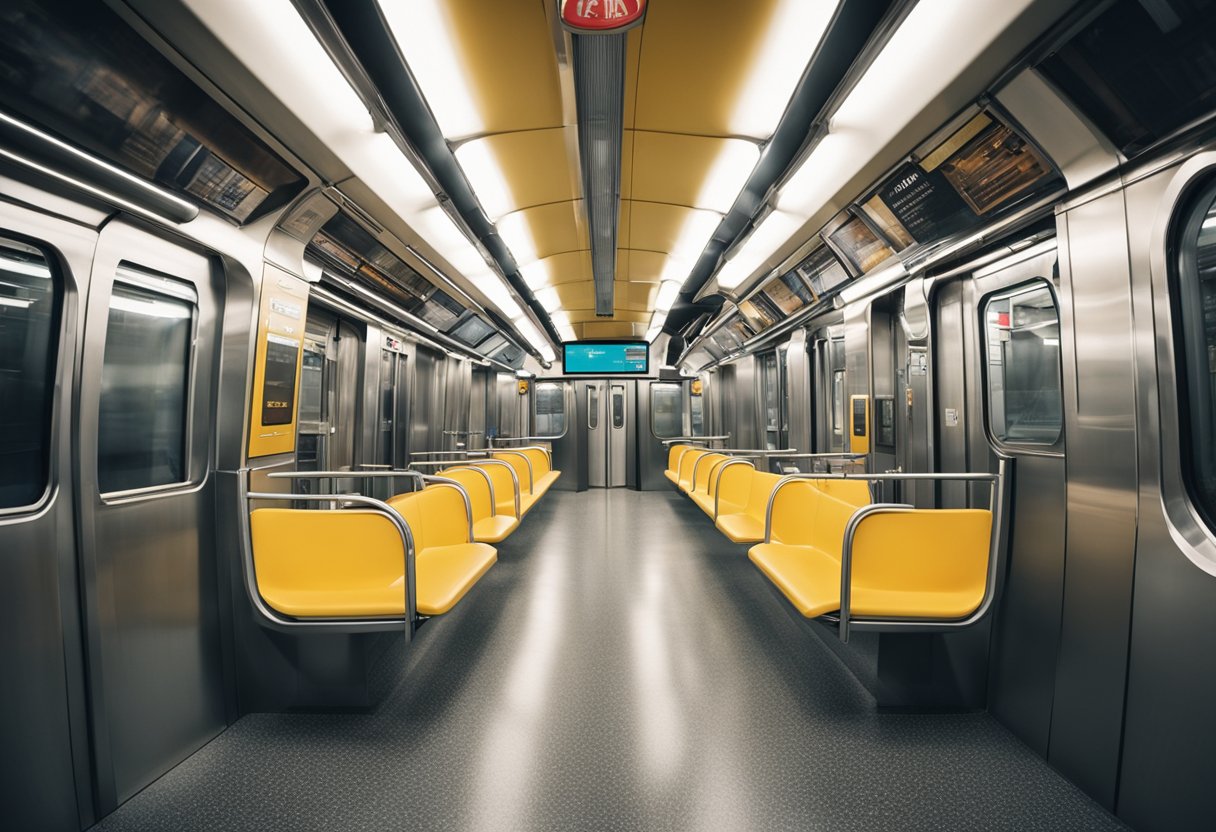
When designing a subway-inspired interior, there are practical considerations you should keep in mind to ensure the space is functional, durable, and easy to maintain.
Durability and Maintenance
Subway stations are designed to withstand heavy foot traffic, so it’s important to choose materials that can handle wear and tear. For flooring, consider using durable options such as ceramic or porcelain tiles. These materials are easy to clean and resistant to scratches and stains. You can also use concrete or natural stone, but keep in mind that they may require more maintenance.
For walls, subway tiles are a popular choice due to their durability and low maintenance. They are also versatile, as they can be used in a variety of patterns and colours to create a unique design. If you’re looking for a more affordable option, consider using laminate or vinyl wallpaper that mimics the look of subway tiles.
To keep your space looking fresh, make sure to choose materials that are easy to clean and maintain. For example, opt for grout that is stain-resistant and easy to clean. You can also choose materials that are resistant to water and moisture, such as glass or porcelain tiles.
Design Adaptations
When designing a subway-inspired interior, it’s important to adapt the design to fit your space. For example, if you’re designing a kiosk or vegetable display, you may want to use materials that are lightweight and easy to move. You can also add wheels to your display to make it easy to transport.
If you’re giving an old subway station a new design makeover, consider using a colour scheme that reflects the history of the station. For example, if the station was built in the 1920s, you may want to use colours that were popular during that time period.
When designing a subway-inspired interior, don’t be afraid to get creative. Use design inspiration from subway stations around the world to create a unique and memorable space. With the right materials and design adaptations, you can create a subway-inspired interior that is both functional and beautiful.
Frequently Asked Questions
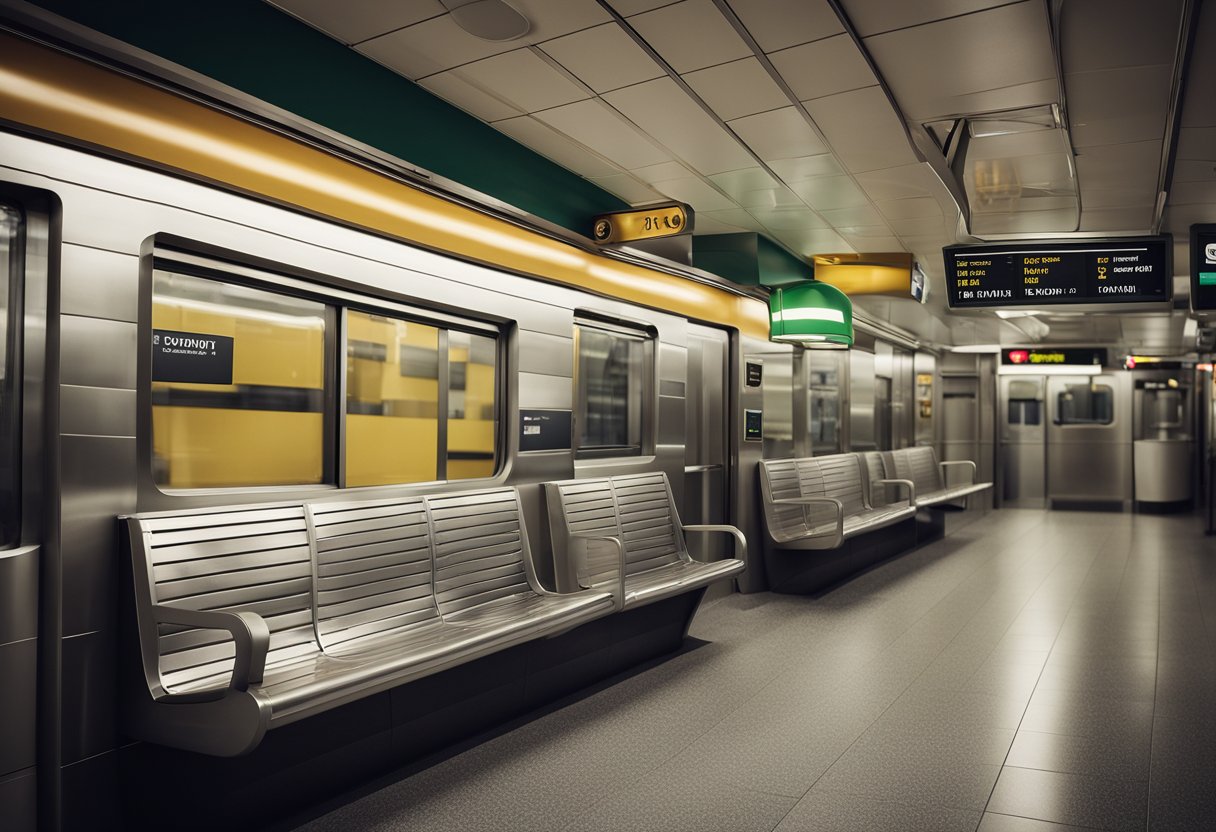
What are the latest trends in fast-food restaurant interior design?
Fast-food restaurant interior design is constantly evolving, and it’s essential to keep up with the latest trends to stay ahead of the competition. The current trend is to create a welcoming and comfortable atmosphere for customers, with a focus on natural materials such as wood and stone. Adding greenery and plants can also create a relaxing and inviting environment.
How can you create an inviting atmosphere in a sandwich shop?
Creating an inviting atmosphere in a sandwich shop can be achieved by using warm colours, comfortable seating, and soft lighting. Adding artwork or murals can also make the space feel more welcoming and add character to the shop.
What are some innovative ideas for maximising space in a compact eatery?
Maximising space in a compact eatery can be challenging, but there are several innovative ideas that can help. One idea is to use multi-functional furniture, such as seats that also serve as storage. Another idea is to use vertical space, such as hanging plants or shelving, to maximise storage and display options.
How important is lighting in setting the mood for a casual dining experience?
Lighting is crucial in setting the mood for a casual dining experience. Soft, warm lighting can create a relaxing atmosphere, while brighter lighting can make the space feel more energetic. It’s essential to strike the right balance between the two to create the perfect dining experience.
What elements are essential for a successful fast-food franchise’s interior aesthetic?
The essential elements for a successful fast-food franchise’s interior aesthetic are branding, functionality, and customer experience. Incorporating brand elements into the interior design can help create a cohesive and recognisable aesthetic. Functionality is also crucial, with a focus on creating a space that is easy to navigate and efficient for staff. Finally, the customer experience should be at the forefront of the design, with a focus on creating a welcoming and comfortable environment.
How can historical brand elements be integrated into a modern restaurant design?
Integrating historical brand elements into a modern restaurant design can be achieved by using vintage signage, incorporating elements from the brand’s history into the decor, or using colours or materials that are associated with the brand. It’s important to strike a balance between nostalgia and modernity to create a cohesive and visually appealing design.

